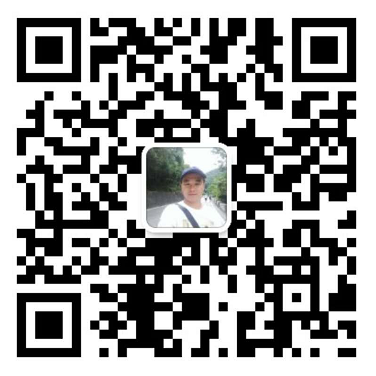
Dongguan Chance Precision Rubber& Plastic Products Co., Ltd.
Guangdong Chance Precision Electronics Co., Ltd.

The Rubber Chain Builds a New Rubber Industry Network
As is well known, natural rubber production is a labor-intensive industry, especially in the rubber tapping process, which requires a large number of young and middle-aged laborers with high technical proficiency. Labor costs account for about 70% of the production cost. However, due to the large-scale migration of young and middle-aged laborers to urban areas for work, there is a severe labor shortage in rubber producing areas, leading to a sharp increase in labor costs and a substantial rise in the production cost of natural rubber.
At the same time, the decline in natural rubber prices has caused a significant drop in income for production enterprises and rubber farmers. The income from rubber tapping is far lower than labor costs—the more tapping is done, the greater the loss. Some enterprises and farmers have been forced to stop tapping, which has seriously affected the stable and sustainable development of the natural rubber industry. Therefore, how the traditional rubber industry faces the fourth industrial upgrading and carries out industrial innovation has become an urgent problem to be solved.
To address this industry challenge, the startup team of Rubber Chain (REC) has joined forces with internationally renowned experts in ammonia-free rubber technology, blockchain technology, and senior product experts. Leveraging decades of rich experience and technology in the rubber industry, combined with the technical advantages of blockchain, they have creatively developed Rubber Chain (REC), aiming to provide references for the intelligent development and personalized customization of the industry, and promote resource optimization and industrial upgrading in the rubber sector.
Rubber Chain is a value ecosystem network for the pan-rubber industry chain built on blockchain, starting from ammonia-free rubber technology. It reshapes the rubber industry chain through new technical means, integrates and optimizes the allocation of pan-rubber industry resources, ensures that customers and other merchants can freely and safely conclude transactions, and forms an open and shared large-scale ecosystem network. Complemented by a complete TOKEN economic model, it maximizes the value of ammonia-free rubber technology, promotes industrial integration, and creates a win-win ecosystem for the global pan-rubber industry. The initial ecological products of Rubber Chain consist of the Rubber World APP, data analysis cloud platform, and asset digital exchange. In the future, the product line will become more vertically subdivided, richer, and more complete, comprehensively covering every field within the ecosystem.
Rubber Chain is mainly applied to the entire rubber industry chain, involving product traceability, supply chain management, database construction, resource sharing, transaction payment, and other links. Secondly, it is applied to pan-rubber ecosystem circles such as asset digital transactions, agricultural real estate, financial investment, equity crowdfunding, digital asset circulation transactions, and other links. Based on the unique patented technology of ammonia-free rubber, Rubber Chain connects all commercial fields of the pan-rubber industry through blockchain technology, embracing all aspects with boundless prospects.
Through the application of Rubber Chain (REC), the upstream, midstream, and downstream of the rubber industry will be gradually connected, seamlessly linking raw material suppliers, vendors, producers, and consumers. It breaks through information barriers and helps the industry achieve intelligence, driving the rubber industry to rapidly realize the fourth industrial upgrading.
 Online Service
Online Service




